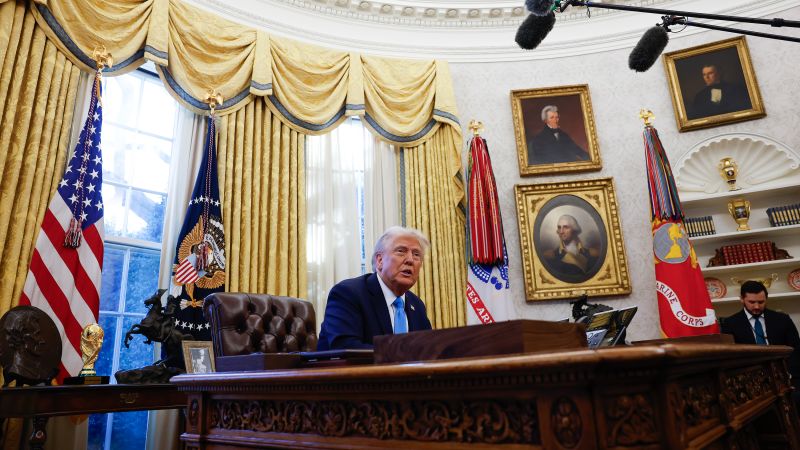White House Press Access Blocked: Judge Refuses to Immediately Reinstate AP's Credentials

In a setback for media access, a federal judge has rejected the Associated Press' request to temporarily reinstate its privileges to cover key presidential events and locations. The ruling means the news organization remains blocked from accessing high-profile venues including the Oval Office, Air Force One, and other significant presidential settings.
The decision, handed down on Monday, continues to limit the AP's ability to report on presidential activities, maintaining restrictions that have significantly impacted the organization's coverage of the Trump administration. The judge's ruling underscores ongoing tensions between the media and the White House over press access and transparency.
While the details of the specific legal arguments were not fully disclosed, the ruling represents another chapter in the complex relationship between the press and presidential communications. The Associated Press continues to challenge these access limitations through legal channels, asserting the importance of maintaining open and unobstructed reporting on presidential activities.

